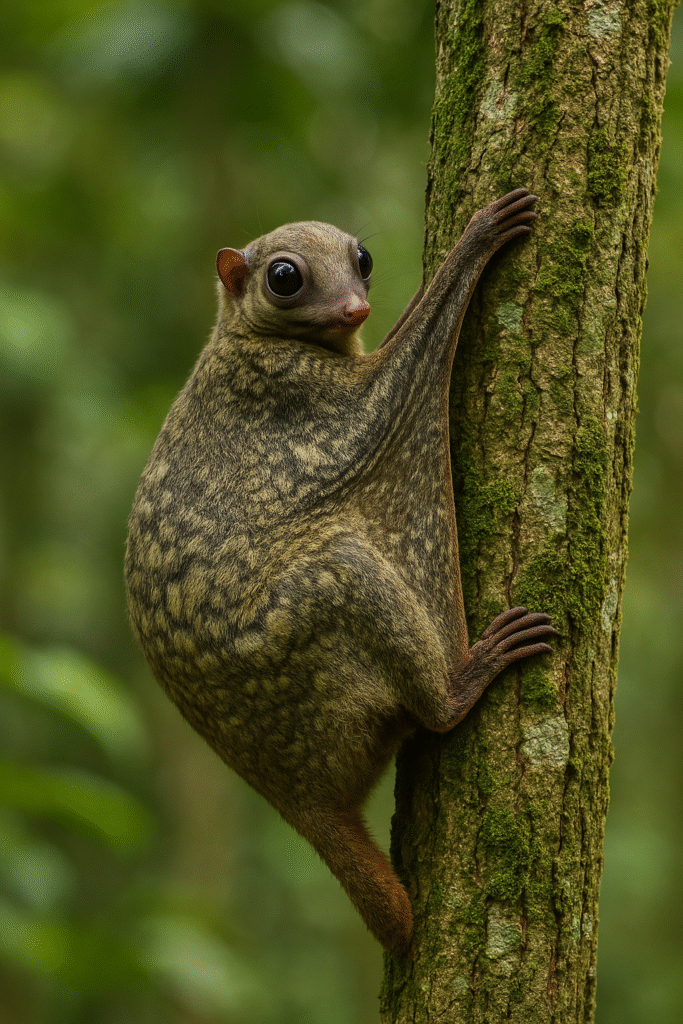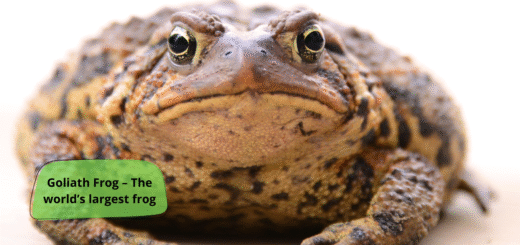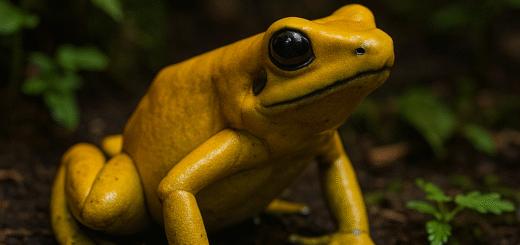Sunda Colugo: The Mysterious Gliding Mammal of Southeast Asia
What is the Sunda Colugo?
The Sunda Colugo (Galeopterus variegatus), also known as the Malayan flying lemur, is not actually a lemur or capable of powered flight. Instead, it’s a remarkable gliding mammal found in Southeast Asia’s lush tropical forests. Known for its large eyes, stealthy movements, and incredible gliding ability, the Sunda Colugo is a master of tree-top travel and one of the most unique mammals on Earth.

Where Does the Sunda Colugo Live?
The Sunda Colugo is native to Thailand, Malaysia, Indonesia, and Singapore. It inhabits dense lowland rainforests, mangrove forests, and even some urban areas with sufficient tree coverage. Despite being elusive, this species is surprisingly adaptable to human-altered environments—provided there are tall trees for gliding.
Unique Gliding Abilities
What makes the Sunda Colugo stand out is its patagium, a large membrane of skin stretching from its neck to the tips of its fingers, toes, and tail. This “skin cape” enables it to glide over 100 meters between trees with exceptional control. Its aerodynamic shape allows for stable, silent movement, making it one of the most efficient gliders among mammals.
Nocturnal and Arboreal Behavior
The Sunda Colugo is a strictly nocturnal animal. It spends its days clinging motionless to tree trunks, blending perfectly with the bark thanks to its mottled fur pattern. At night, it becomes active, foraging for leaves, flowers, buds, and sap. Despite its sharp claws and climbing skills, it is awkward on the ground and rarely descends from the canopy.
Diet and Digestive Specialization
Primarily folivorous, the Sunda Colugo feeds on a diet rich in leaves and young shoots, occasionally supplementing with fruit and tree bark. It has a highly specialized digestive system, including a large cecum, to ferment and break down tough plant material.
Reproduction and Lifecycle
Female Sunda Colugos usually give birth to one offspring at a time. The baby clings to its mother’s belly, protected by the folds of her gliding membrane. This pouch-like structure offers warmth and safety—similar in function to a marsupial’s pouch, though not as enclosed.
Conservation Status
Currently listed as Least Concern on the IUCN Red List, the Sunda Colugo’s population remains relatively stable. However, deforestation and habitat fragmentation pose significant threats, especially in regions facing rapid urbanization and logging. Protecting forest corridors is essential to maintaining their populations and gliding pathways.
Interesting Facts About the Sunda Colugo
- Despite being called a “flying lemur,” it’s not related to lemurs or bats.
- Its gliding membrane covers more surface area relative to body size than any other mammal.
- It has 72 sharp, comb-like teeth—an unusual feature among mammals.
- Sunda Colugos are one of only two species in the order Dermoptera, an ancient and distinct mammalian lineage.
Final Thoughts
The Sunda Colugo is a hidden gem of Southeast Asia’s wildlife—a shy, tree-hugging glider with extraordinary evolutionary adaptations. As tropical forests face increasing threats, raising awareness of lesser-known species like the Colugo is critical. Whether you’re a wildlife enthusiast or a conservationist, the Sunda Colugo is a fascinating species worth protecting.








